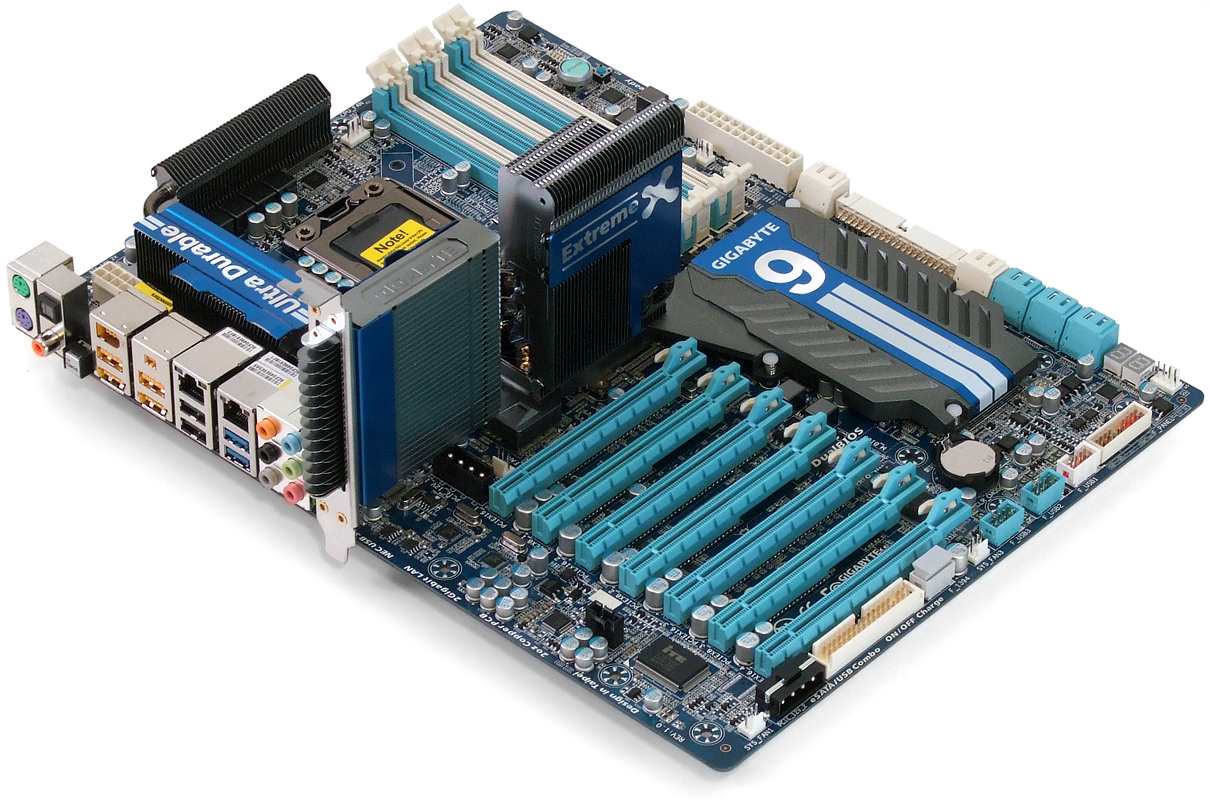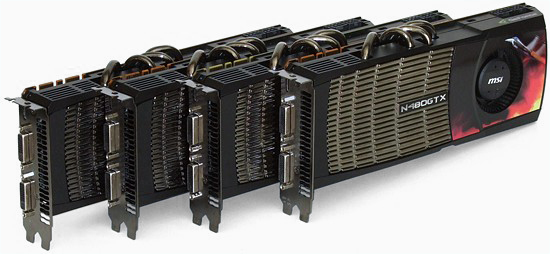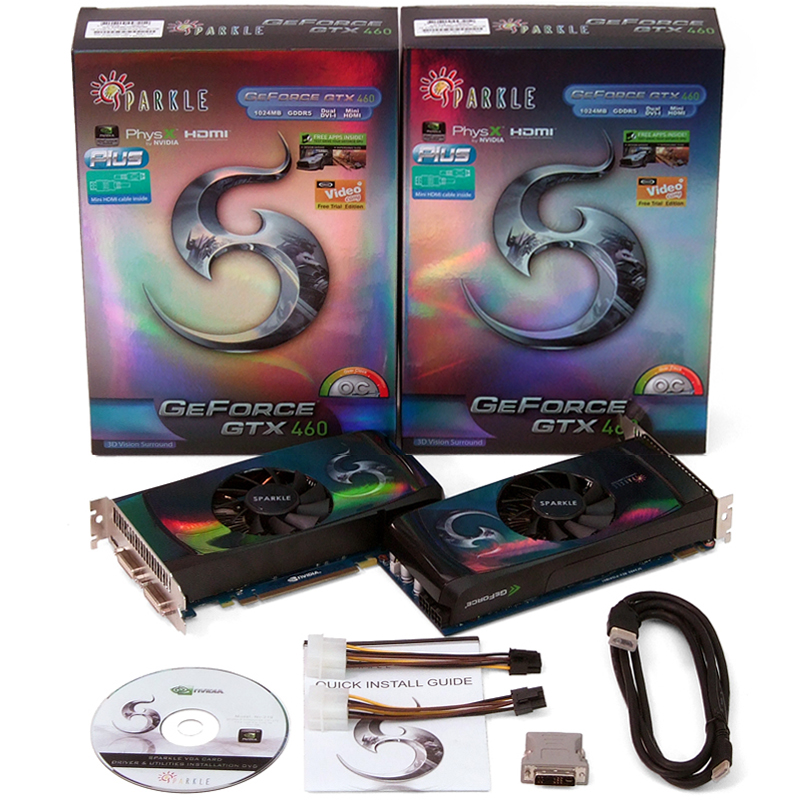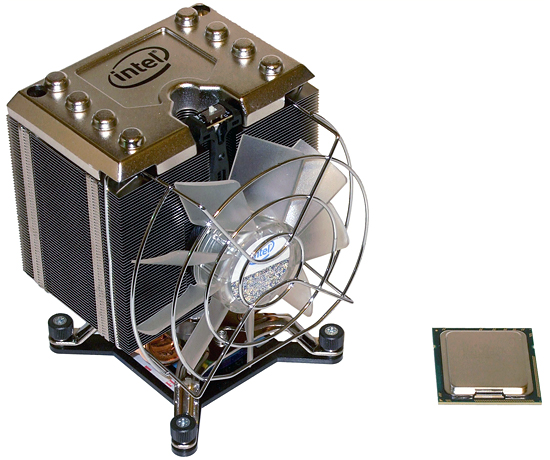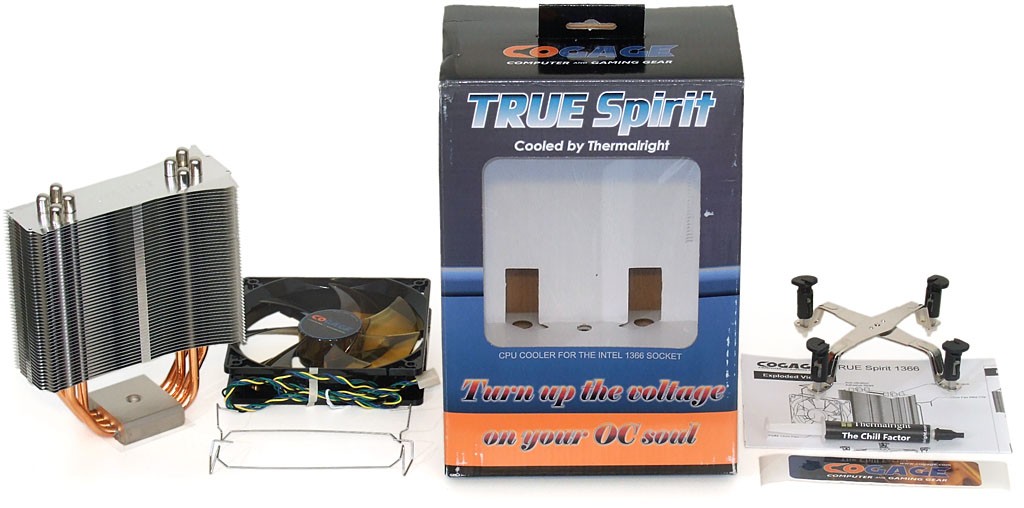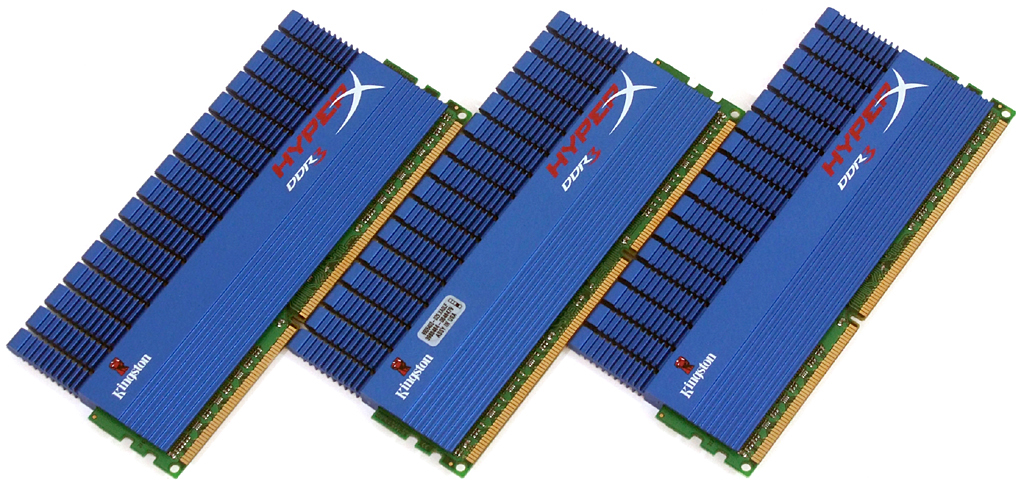Gaming Across Three Screens: GTX 460, GTX 480, And Quad-SLI
Display spanning is quickly becoming the high-mark for serious gaming machines of all budgets, with more powerful cards allowing higher resolutions. Yet, as panel resolutions higher than 1080p become harder to find, do we really need more than two cards?
The Test Platform
Few motherboards are able to support Quad-SLI due cost and space constraints. Nvidia requires two of its NF200 PCIe bridges to enable SLI across four cards, and four of its double-slot cards would require a larger-than-standard eight-slot case.
Many motherboard manufacturers place an oversized chipset cooler into the uppermost one or two slot positions of each high-end model, forcing circuit board design of an even grander scale. Gigabyte’s X58A-UD9 fits all those criteria, for better and for worse.
It’s fortunate that Gigabyte’s competitor Foxconn had the forethought to push its Ultra ATX proposal to the forefront at CES 2008. Over a dozen ten-slot cases followed that push. While Ultra ATX never became an official standard, the cases are still available. It’s equally unfortunate that etailers list neither “Ultra ATX” nor the slot count in product search engines, forcing buyers to sort through dozens of oversized case models to find a suitable ten-slot solution.
Yes, we get all of the toys. Too bad that we don't get the play time. Reference-class cards made up our two-, three-, and four-way SLI GeForce GTX 480 configurations.
Originally used in our GeForce GTX 460 SLI scaling article, Sparkle’s 700 MHz cards represent the lower-cost alternative. Because the GTX 460 has only one bridge connector, it’s limited to a two-way SLI configuration.
Intel’s Core i7-980X is the most powerful CPU in our arsenal, yet even it isn’t strong enough to provide optimal gaming results when paired with more than a single GTX 480. We thus ditched its powerful boxed cooler and used an even larger unit as we clocked it to 4.00 GHz.
The Cogage True Spirit is powerful, yet its mid-speed fan still didn’t get us to the level of cooling we desired. To further increase cooling without adding noise, we substituted a 38 mm-thick model from NMB.
Get Tom's Hardware's best news and in-depth reviews, straight to your inbox.
We set Kingston’s KHX16000D3ULT1K3/6GX to DDR3-1600 CAS 7 to achieve optimal performance without boosting CPU uncore voltage.
Current page: The Test Platform
Prev Page A Broader Perspective Next Page Additional Hardware And Benchmark Settings-
duk3 Sapphire’s 700 MHz cardsReply
They look like sparkle cards to me.
EDIT: Now fixed, I thought it was funny that sapphire made gtx460s -
damasvara BluescreendeathGTX480 Quad SLI - Yes, it can play Crysis. Maxed out at 5760x1080 too!It's so hot, it can also make steak BBQ for you! Watch out for anti-terrorist bust over the Fermi thermal suspicion though... :lol:Reply
-
Now i am curious to see a performance difference between tri and quad sli in triple 30" 2500x1600 monitors (7500x1600 resolution).Reply
-
hurt74 @duk3Reply
Isnt it nice to know that sappire tech now makes NVIDIA cards because the last time i know they are an ATI exclusive. Good job toms -
vicskyline96 cool, so the drivers support quad 480s now? i wonder if they support tri SLI 200 series cards, i'm sure theres still people out there who want to try this on their older generation cardsReply -
joytech22 Wow, that power usage is insane! it's hard to believe that these 480's use so much power.. you'd need like a thermaltake toughpower 1500w or something, or maybe 2 PSU's!Reply -
andrern2000 4 GTX 480s are a gig. But how much price is it is totally another matter. I prefer to 2-way SLI GTX 480.Reply -
vicskyline96 cool, so the drivers support quad 480s now? i wonder if they support tri SLI 200 series cards, i'm sure theres still people out there who want to try this on their older generation cardsReply
